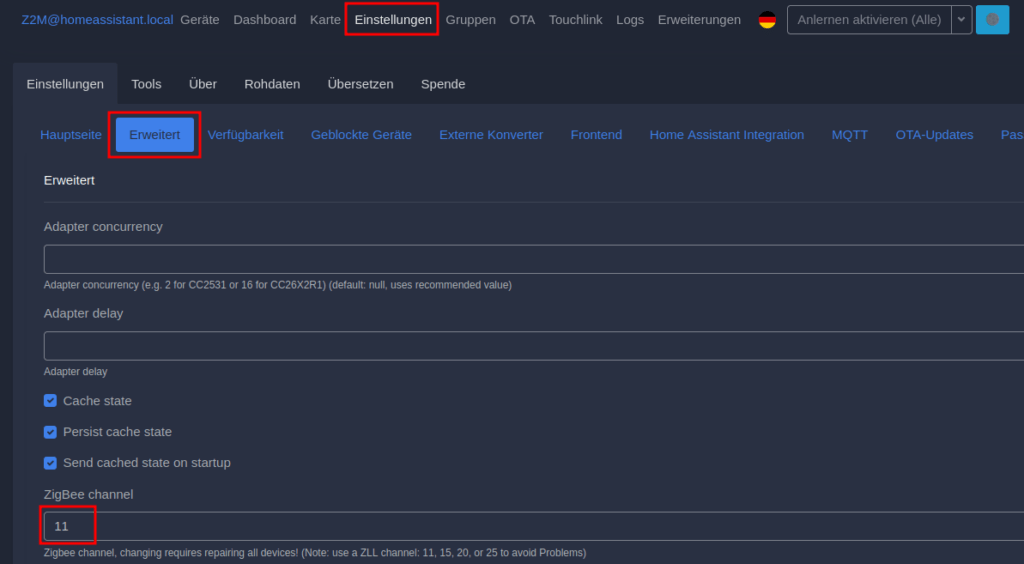I had a generated Fiori Elements App (done by using @sap/generator-fiori), containing a List, where I needed to add a custom column containing a Button. I found this well explained in the official documentation:
https://sapui5.hana.ondemand.com/#/topic/d525522c1bf54672ae4e02d66b38e60c
I followed the instructions exactly, but it didn’t work. When comparing my manifest.json again with the example, I noticed one minor difference. In my generated App, there was an extra items/ in front of the @com.sap.vocabularies.UI.v1.LineItem.


After removing items/ the custom column was suddenly visible. When I noticed the difference, I thought that would never be the reason. Luckily, I tested it after all. That really is a big problem with Fiori Elements. These are problems that can no longer be solved by debugging or similar.
Here some more helpful links, when challenging with a custom column:




